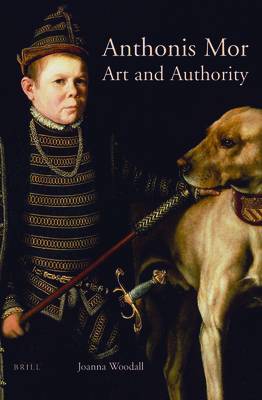
- Afhalen na 1 uur in een winkel met voorraad
- Gratis thuislevering in België vanaf € 30
- Ruim aanbod met 7 miljoen producten
- Afhalen na 1 uur in een winkel met voorraad
- Gratis thuislevering in België vanaf € 30
- Ruim aanbod met 7 miljoen producten
Zoeken
Omschrijving
'Painting contains a divine force which not only makes the absent present, as friendship is said to do, but moreover makes the dead seem almost alive.' Taking up Alberti's connection between divine power, mimesis and friendship, this study explores the artistry of the Utrecht portrait specialist Anthonis Mor. It considers Mor's work in relation to reformation debates, and to the challenges to dynastic authority that took place during his lifetime, tracing the breakdown and transformation of belief in 'friendship' or love as a means of binding abstract authority and the embodied world together. Although Mor succeeded Titian as principal portraitist to the Habsburgs, his ambition was not limited to portrayal in a narrow sense. His work enters into dialogue with the elevated conceptions of the artist being enunciated by his humanist friends, and with devotional and allegorical imagery. The book brings Mor's arresting vision to a wider public and reveals its centrality to a broader understanding of how authority was conceived and reshaped in the sixteenth-century.
Specificaties
Betrokkenen
- Auteur(s):
- Uitgeverij:
Inhoud
- Aantal bladzijden:
- 512
- Taal:
- Engels
- Reeks:
- Reeksnummer:
- nr. 8
Eigenschappen
- Productcode (EAN):
- 9789004316461
- Verschijningsdatum:
- 24/03/2016
- Uitvoering:
- Paperback
- Formaat:
- Trade paperback (VS)
- Afmetingen:
- 168 mm x 239 mm
- Gewicht:
- 1156 g

Alleen bij Standaard Boekhandel
+ 236 punten op je klantenkaart van Standaard Boekhandel
Beoordelingen
We publiceren alleen reviews die voldoen aan de voorwaarden voor reviews. Bekijk onze voorwaarden voor reviews.








